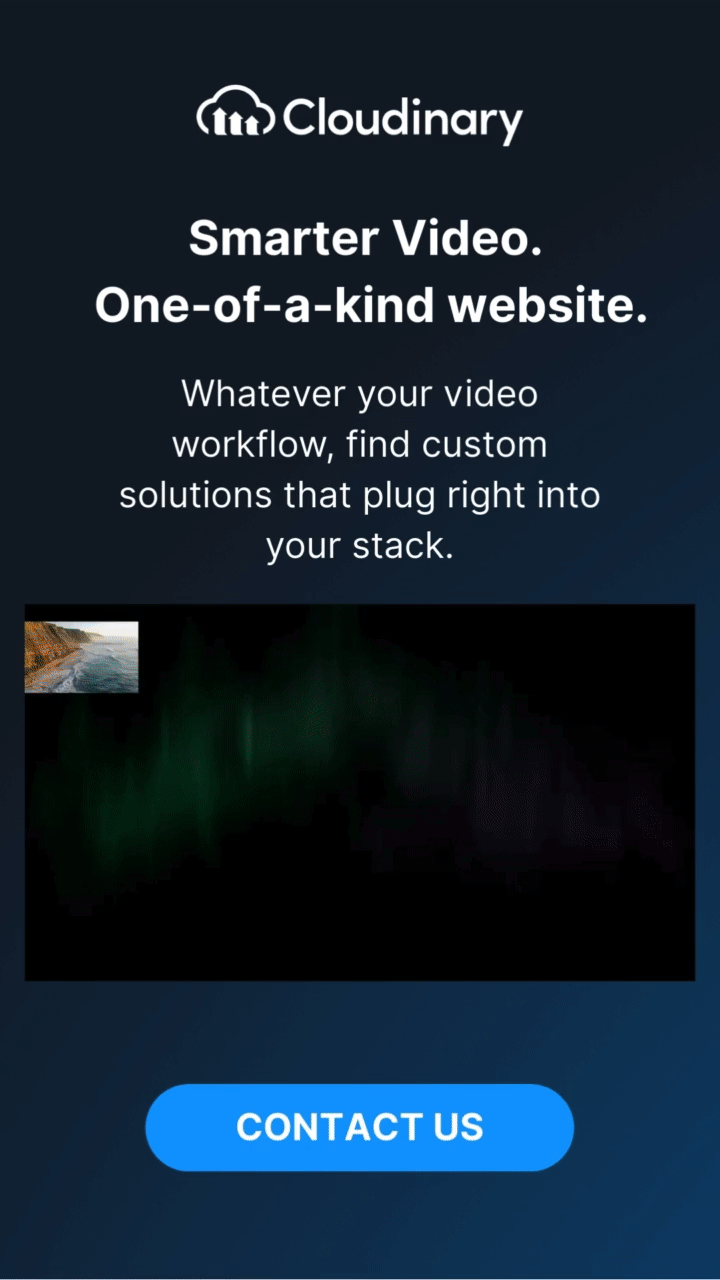
What is a 360-Degree Video?
A 360-degree video is a form of immersive media that captures a sphere-like view of a scene, allowing viewers to look around in all directions (up, down, left, right, and behind) as if they were physically present. The video is shot using special omnidirectional cameras or setups consisting of multiple cameras that work together to record every angle at once.
This type of video can be watched on virtual reality (VR) headsets, mobile devices, computers, or even on platforms like YouTube and Facebook. Most devices allow audiences to interact with the video by swiping or clicking to move the viewpoint or, in the case of VR, turning their heads to adjust the view.
Where is 360-Degree Video Used?
360-degree video is rapidly gaining popularity across various industries. Its ability to create immersive experiences makes it invaluable for a variety of applications:
- Virtual Tours: Real estate businesses use 360-degree videos to offer virtual property tours, allowing customers to explore homes or spaces from the comfort of their own screens.
- Travel and Tourism: With 360-degree videos, viewers can explore exotic destinations or cultural landmarks remotely, creating an enticing preview for potential travelers.
- Event Recording: From concerts to sporting events, audiences can relive experiences as if they were there in person, with a sense of immersion and participation.
- Education and Training: An effective tool for e-learning, 360-degree videos enable interactive skill training (such as medicine, engineering, or military simulations) and virtual classrooms.
- Marketing and Advertising: Brands are using 360-degree video campaigns to create unique, memorable storytelling experiences that capture consumer attention.
- Entertainment and Gaming: It plays a vital role in VR games, filmmaking, and other digital media designed to enhance interaction and engagement.
Advantages and Disadvantages of 360-Degree Video
Advantages
- Immersive Experience: Provides users with an unparalleled level of engagement and interaction.
- Enhanced Storytelling: Great for creating emotional connections through vivid storytelling and a sense of “being there.”
- Learning and Skill Building: Effective in environments needing hands-on learning or simulation-based training.
- Wider Reach: Engaging content like 360-degree videos is more likely to capture attention and go viral on social media platforms.
- Cost-Efficient Exploration: Saves time and money by allowing virtual exploration of locations/products.
Disadvantages
- High Production Costs: Equipment, post-production software, and skill requirements can make creating 360-degree videos expensive.
- File Size and Bandwidth: Videos often have large file sizes, requiring significant storage capacity and internet bandwidth.
- Complex User Interaction: Some viewers may find the navigation and controls of 360-degree videos cumbersome.
- Limited Viewing Quality: Video resolution might not be optimal due to the vast area being captured, potentially reducing viewing quality on certain devices.
- Requires Special Devices: While 360-degree videos can be viewed without VR goggles, having them significantly enhances the experience—this becomes an additional cost for viewers.
Importance of 360-Degree Video
360-degree video has applications in multiple fields. By enabling new levels of interactivity and immersion, this format bridges the gap between the physical and digital worlds. With its immersive qualities, 360-degree video has gained traction among businesses, educators, artists, and performers, who are using it to captivate their audience by offering a more in-depth virtual experience.
In communication and marketing, 360-degree videos allow brands to tell compelling stories that resonate with consumers in a way that flat, two-dimensional content cannot. For people who enjoy traveling or can’t visit certain places, virtual tours with 360-degree video provide a more accessible way to experience the world, giving them a chance to see, feel, and explore.
The Bottom Line
360-degree videos represent the next step in immersive media experiences, offering a chance to redefine the ways we connect, learn, and entertain ourselves. While there are challenges in terms of production costs and accessibility, the benefits it brings to storytelling, marketing, education, and entertainment far outweigh the drawbacks. As technology continues to evolve (and omnidirectional cameras become cheaper for consumers), 360-degree video will likely become more cost-effective and widespread, holding immense promise for industries and content creators seeking deeper engagement.


